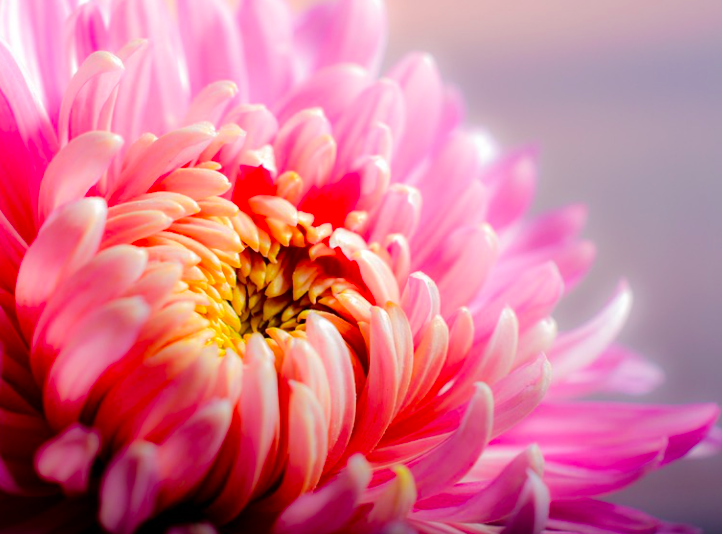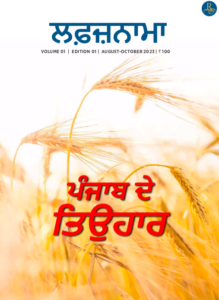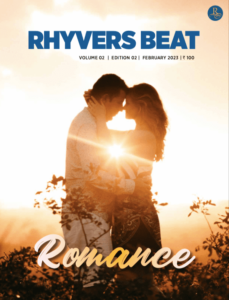HAIKU BLOSSOMS (7)

Suggestions for writing Haiku
Last week we discussed the importance of seasons in haiku poetry. Were you able to jot down some kigo words for winter in your region? Try writing a haiku or two with those words this week. Practice is key to learning a new art form.
Hope readers are enjoying this journey into the world of Japanese short form of poetry. There are many short forms that we will be discussing as we move forward. Primarily it’s imperative to grasp the art of writing haiku in English. Towards this goal, today I would like to share with you the reference points given by James W. Hacket, a pioneer of English-language haiku. James William Hackett was born in Seattle, Washington on August 6, 1929. He studied history and philosophy at the University of Washington and earned a graduate degree in art history from the University of Michigan. He came to know about haiku in the 1950s and was mentored by R.H. Blyth. A near-fatal accident became a spiritual turning point that led him to a life devoted to Zen and haiku. He spent many years in California before settling in Haiku, Hawaii. Some of his early haiku appeared in the premiere issue of American Haiku, the first English-language haiku journal, including a variation on this oft-cited poem that won the Grand Prize (two round-trip tickets to Japan) in a 1964 National Haiku Contest sponsored by Japan Air Lines:
A bitter morning:
sparrows sitting together
without any necks.
Another of his signature haiku, the opening poem in that premiere issue, won first prize in a contest sponsored by the journal:
Searching on the wind,
the hawk’s cry . . .
is the shape of its beak.
These two haiku, along with Hackett’s twenty “Suggestions for Writing Haiku” and his “credo about haiku” were included in Harold G. Henderson’s 1965 classic Haiku in English. Hackett’s work was cited by Henderson, Blyth, Alan Watts, Aldous Huxley, Jack Kerouac, Thomas Merton, and others.
SUGGESTIONS FOR CREATING HAIKU POETRY IN ENGLISH
By James W. Hackett
C 1968 Revision C 2002
1. NOW is the touchstone of the haiku experience, so remain centered in this eternal present of life.
2. Remember that Greater Nature — not human nature — is the province of haiku.
3. Contemplate natural objects closely: unseen wonders (and dramas) will reveal themselves.
4. Carry a notebook to jot down subtle haiku moments, for these intuitive experiences may be easily forgotten.
5. Spiritually interpenetrate and empathize with nature. Become One with ‘things,’ for ultimately, “That art Thou.”
6. Reflect upon your notes of nature in solitude and silence. Allow these recollected feelings be the basis of your haiku poem.
7. Write about Nature just as it is. Haiku are neither word games nor puzzles. Basho brought haiku poetry back to life and nature; let us emulate his noble mission.
8. Choose every word very carefully. Use words that best suggest the moment of haiku experience you wish to share.
9. Use verbs in present tense, and singular subjects whenever possible.
10. To add aesthetic dimension, choose modifying words that vivify, including those that suggest the season, location, or time of day.
11. A haiku poem can be more than a verbal snapshot. Avoid such “So what?” haiku by suggesting your emotional reaction during the haiku moment.
12. Use common language in a syntax natural to English! Don’t attempt ‘minimalistic’ copies of Japanese usage. Haiku composed in English must seem ‘natural’ and uncontrived.
13. Write in three lines using approximately 17 syllables. (Forego the traditional Japanese line arrangement of 5-7-5 syllables, as this practice can invite contrivance in English.)
14. Read each verse aloud to make sure it sounds natural. (Avoid end rhyme.) Make use of articles and punctuation common to English.
15. Remember that lifefulness, not beauty, is the essence of haiku.
16. Never use obscure allusions: true haiku are intuitive and direct, not abstract, symbolic, or intellectual. Include humor, but omit mere wit.
17. Avoid poeticism. The haiku poem should be direct, sensuous, and metaphysically ‘real.’
18. Work on each poem until it suggests exactly what you want others to see and feel. Remain true to your initial experience and the feelings elicited.
19. Remember that haiku is ‘a finger pointing at the moon,’ and if the hand is bejeweled, we no longer see that to which it points.
20. Honor your senses with awareness and your Spirit with zazen or other centering meditation. The ‘haiku mind’ should be reflective as a clear mountain pond: reflective not of thought, but of the moon and every flight beyond . . .
Thanks to Julie Bloss Kelsey of The Haiku Foundation for this resource material from “New to Haiku”.
“In an appendix to R. Blyth “A History of Haiku”, Vol 2, published by The Hokuseido Press 1964, which is available free-to-read in the THF Library, Blyth cited James W. Hackett’s “forthcoming book” in correspondence, listing the following haiku (all the below are centered and in capitals throughout in Blyth; I have rendered them lower case and left-justified):
gently falling leaf
your meander …
holds everything
two flies, so small
it’s a wonder they ever met,
are mating on this rose
half of the minnows
within this sunlit shadow
are not really there
blooming, with an edge
already withering…
this constant death.
that old empty house,
now so overgrown with years,
is the only real one here
on nearing the surf,
every footprint becomes
that of the sea
sweeping into a pan:
the line of dust
that defies its edge
bitter morning:
sparrows sitting
without necks
beside a new grave.
the crushing weight
of ungiven love
chopping a knotty block. ..
in every stick of kindling,
a part of its shape
city loneliness. . .
dancing with a gusty wind:
yesterday’s news
ever lingering
in the taste of the walnut:
deep autumn
snow viewing. . .
the shape of my loneliness,
each winter breath
summer verandah. . .
listening to fluttering birds:
the cat’s tail
now centered upon
the flavor of an old bone,
the mind of my dog
a tiny spider
has begun to confiscate
this cup’s emptiness
the kitten
so calmly chews
the fly’s buzzing misery
these barnacled rocks
just uncovered by the tide…
how busy they sound!
moving slowly through
an old, abandoned beach house.
shadows of the moon
while reading this sutra,
i began to laugh…
without knowing why
deep within the stream
the huge fish lie motionless,
facing the current
now—even filled with pain
from this thorn in my finger—
is so good to feel!
random flies meet,
cling together, and fall buzzing
into the rank grass
this garter snake
goes in and out of the grass
at the same time!
dents from my nail
left deep around this bite,
relieve its madness!
this leaf too,
its colors eaten into lace,
floats on the stream
Blyth comments:
“In these excellent verses, occasionally there is sensation only; more often there is too much ostensive, that is, overt thought. The problem for haiku in any language as for life itself in any age, is how to put thought completely into sensation, how to make sensation thought-full. In addition,—and this has only too often been forgotten by the Japanese haiku poets themselves,—sensation must be intense, though not violent, the thinking all-inclusive and subtle, not parochial and complicated. But after all, which is more important, to write (haiku) or to live?
Thoreau answers:
My life has been the poem I would have writ,
But I could not both live and utter it.”
Read and savor the haiku written by James W. Hackett and observe the use of senses to enhance the lifefulness of the poem. Try using these tips to improve your haiku.















